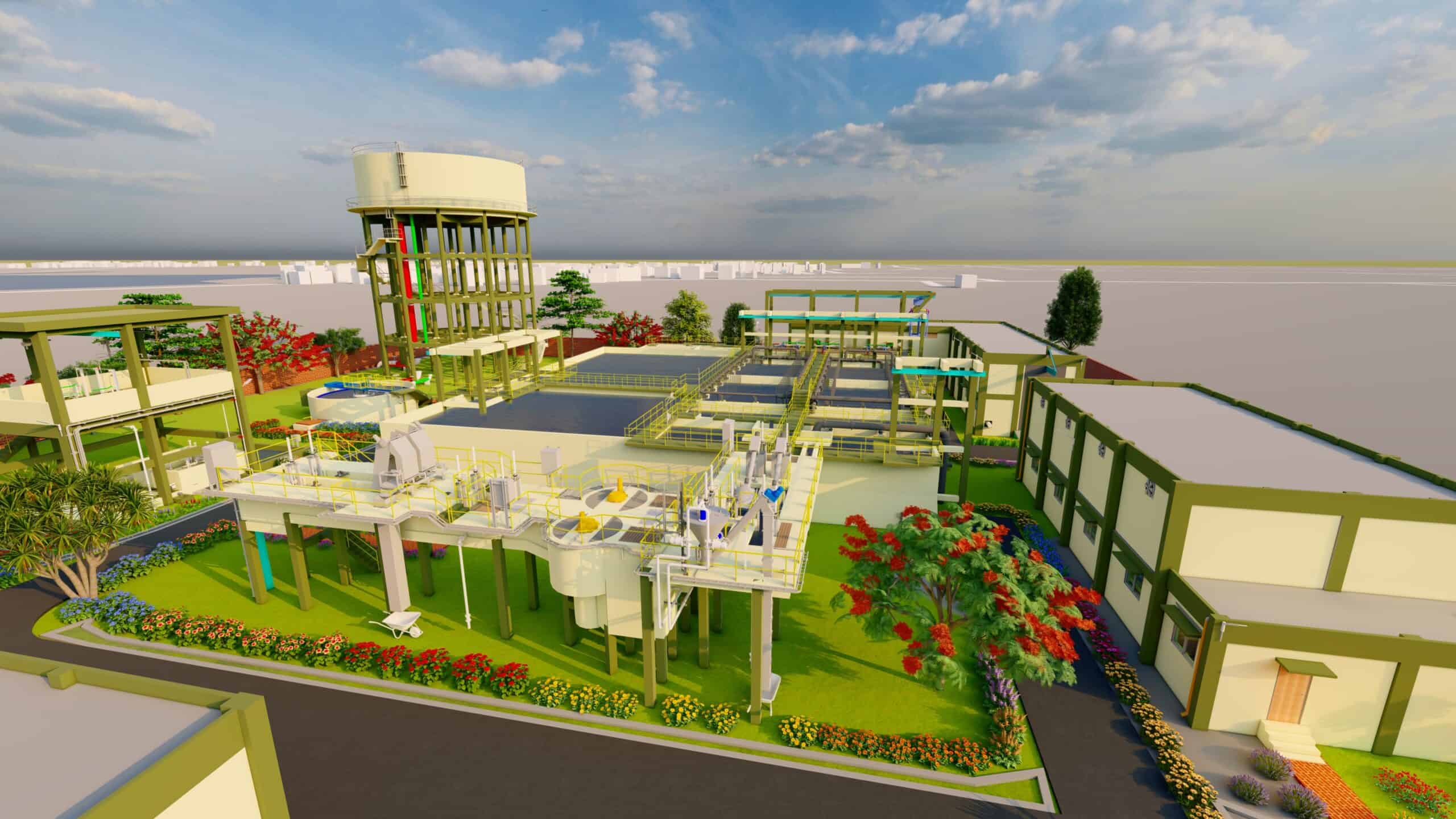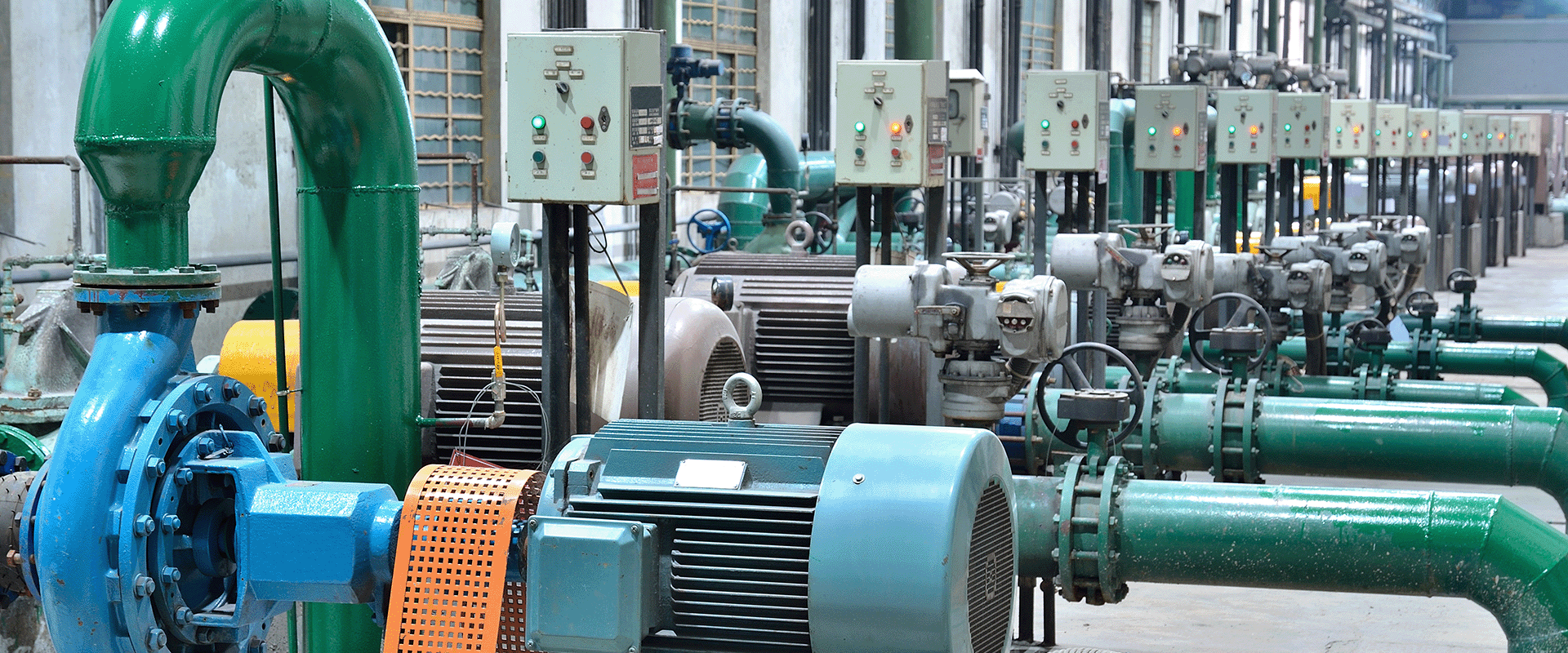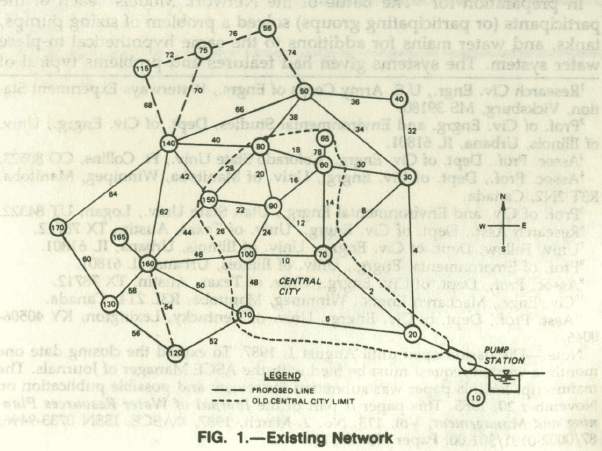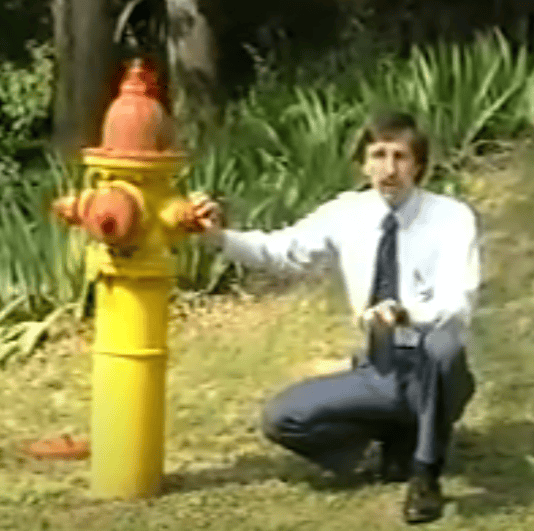Just as there are classics in literature like Shakespeare’s Hamlet and Steinbeck’s Grapes of Wrath, there are classic works in water and wastewater. I’ve been cleaning out my office because it’s beginning to look like a scene from the TV show Hoarders. While thinning out my files, I’ve come across some of the classics from our profession. Here’s a list of a few I’ve found in my files.
Cross, Hardy, 1936, “Analysis of Flow in Networks of Conduits or Conductors,” University Of Illinois Bulletin 286. While methods for solving for flows in looped networks were available before this, Hardy Cross’ method provided a fairly straightforward approach to solving these equations. While tedious by today’s standards, this was the primary tool for pressurized flow analysis for decades. When digital computers came along, the methods included were basically a computerization of the Hardy Cross method. Cross was a structural engineer who did this water work on the side.
Colebrook, C.F., 1939, “Turbulent Flow in Pipes with Particular Reference to the Transition Region between Smooth and Rough Pipe Laws,” J. Institution Civil Engineers, 11. Cyril Colebrook and Cedric White took data on pipe head loss experiments and developed a single equation that covered the full range of Reynolds numbers and roughness. To this date, it is considered to be the best equation for determining friction factors.
Cesario, L., 1981, “Network Analysis Survey,” AWWA. Lee Cesario, Denver Water, carried out a survey of water distribution systems modeling. This led to the AWWA modeling committee, which is now the Engineering Modeling Applications Committee. This study shows how advanced modeling was back in those days and how the problems modelers face today are much like the problems back then. We just have more powerful computers today. Lee followed this up with a nice book in 1995 on distribution system analysis titled Modeling, Analysis, and Design of Water Distribution Systems.
Todini, E. and Pilati, S., 1988, “A Gradient Algorithm for Analysis of Pipe Networks,” in Computer Applications in Water Supply, Ed. Coulbeck, B. and Orr, C. This paper presented the numerical engine that Lew Rossman implemented in EPANET. The rest is history.
Cole, E., 1935, “Pitot-Tube Practice,” ASME Hydraulics Division. In 1896, John Cole, Edward Cole’s father, developed a Pitot rod that could be used to measure flow in pressurized pipes. This device was the tool for analyzing flows in water distribution systems for a century. Edward Cole started the company, Pitometer Associates, which was the leading company for water system studies for decades. The company was passed on to E. Shaw Cole and later G. Bruce Cole. This paper described how the Pitot rod was used. I leaned a great deal from listening to the guys from Pitometer at various meetings.
McPherson, M. and Prasad, R., 1966, Distribution System Equalization Storage Hydraulics,” Journal of the Hydraulics Division, 92, Issue 6. McPherson wrote a large number of papers on practical aspects of water, sewer, and stormwater. This one is the best on distribution storage.
Hudson, W., 1966, “Studies of Distribution System Capacity in Seven Cities,” JAWWA, 58:2. Summarized studies conducted by Pitometer Associates showing the loss of hydraulic capacity over time in some large US cities.
Linaweaver, F., Geyer, J. and Wolff, J, 1967, “Summary Report on the Residential Water Use Research Project,” JAWWA, 59:3. Summary of one of the best studies ever done on residential water use.
Lamont, P., 1981, “Common Pipe Flow Formulas Compared with the Theory of Roughness,” JAWWA, 73:5. I’ve used this paper as a reference in many places.
Swamee, P. and Jain, A., 1976, “Explicit Equations for Pipe-Flow Problems,” Journal ASCE Hydraulics Division., 102:HY5. Out of the many dozens of attempts to develop an explicit solution to the Colebrook White Equation, this is the most elegant, accurate and widely used. We use it in OpenFlows WaterGEMS.
Grayman., W, Rosman, L., Arnold, C., Deininger, R., Smith, C., Smith, J., Schnipke, R., 2000, “Water Quality Modeling of Distribution System Storage Facilities,” AWWA Research Foundation. Grayman is the go-to source for water quality modeling, and this is the definitive report on mixing in tanks.
I can’t forget the people who first wrote the most widely used pipe systems models including the Stormwater Management Model (SWMM), Lew Rossman of EPANET and Don Wood, along with Lindell Ormsbee and Srinivasa Lingireddy of the various “University of Kentucky” models. The Stormwater Management Model (SWMM) actually has had dozens of individuals who could claim to be authors.
Patrick Stevens, and Kevin Enfinger. These guys from ADS have put out a long list of papers on sewer hydraulics. If you are going to work in this field, you need to read their papers.
Buchberger, S.G. and J.G. Wells, 1996, “Intensity, Duration, and Frequency of Residential Water Demands,” ASCE Journal Water Resources Planning & Management, 122(1): 11-19, 1996. For nearly a century, flows for premise plumbing were determined using the Fixture Unit Method by Hunter. While this was excellent work, it didn’t keep up with the times. Buchberger and his students collected the necessary data and developed the Poisson Rectangular Pulse model to estimate flows. This work has had a significant effect on how premise plumbing is designed.
There have been a lot of good papers written on water loss reduction. Some authors who stand out are Moses Siedler of Pitometer Associates, Gordon Laverty of East Bay Municipal Utility District, George Kunkel previously with Philadelphia Water, now Principal at Kunkel Water Efficiency Consulting, and Allen Lambert, former President of the British Hydrological Society from the UK.
Then there are the really old papers by people like Darcy, Weisbach, Reynolds, Manning, Mulvaney (Rational Method), Nikuradse, Prandtl (and his students), and Navier and Stokes that I don’t have in my collection, and I wish I did. Note: I wrote a blog titled Fun with the Navier- Stokes Equations. You can access it here.
You may have noticed that there are essentially no papers listed on the application of optimization to water and wastewater hydraulics. There have been some very clever solutions put forward, but the impact of optimization on practice has been limited except for some site-specific cases. But some very good people have worked in this area they deserve a shout out. They include Uri Shamir, Angus Simpson, Dragan Savic, Zoran Kapelan, Graeme Dandy, Ian Goulter, Arun Deb, Kevin Lansey, Avi Ostfeld, Pramod Bhave, Orazio Giustolisi, Enrico Creaco and, of course, Bentley’s own Zheng Wu and Wayne Hartell. There have been hundreds of papers in this area, but if I tried to list everyone, the list would be a mile long.
At this point, I started wondering if any of my publications might one day become classics. Most of my work is good but, in my opinion, mostly average. What candidates might I have for the classics that would have more than a trivial impact on the profession? Here are some possibilities.
Walski, T., 1993, “Water Distribution Valve Topology,” Reliability Engineering and System Safety, Vol. 42, No. 1, 21-27. Isolation valves are one of the most neglected topics in water engineering. This paper applied a more rigorous way of looking at the adequacy of valving and coined the term “segment” for the smallest portion of a distribution system that can be isolated. It led to criticality analysis being both a research topic and practical tool.
Walski, T., and Lutes, T. 1994, “Low Pressure Problems Caused by Hydraulic Transients,” Journal AWWA, Vol. 86, No. 12, p. 24-32, December. People who know hydraulic transients know that a transient could possibly cause very low or even negative pressures. But Teresa and I were the first I could find to document them in a real distribution system. This led to research studies by top people like Mark LeChevallier and others on the potential for contamination due to low pressure transients. It’s probably a good thing I had left Austin before this was published. Looking back, if a regulator had realized that we had been having negative pressures surges, we probably would have gotten some kind of enforcement action against us. By the time it was published (about 5 years after the work was done), the problem had long since been corrected.
Walski, T. (plus many other participants), 1987, “The Battle of the Network Models: Epilogue,” ASCE Journal of Water Resources Planning and Management, Vol. 113, No. 2, March, p. 191. By the early 1980s, there was a lot of work going on in optimal design of water networks. I wanted to have the leading people get together than tackle a benchmark problem and compare the results. At this time, there was a TV show, “Battle of the Network Superstars” (an early reality TV show where “Network” meant TV network). I drew up a fake system, called Anytown (which is still being used as a benchmark problem), and sent it out to anyone who wanted to solve it. We had a great session at the ASCE Water Resources conference in Buffalo in 1985. After a few years, some additional Battles were developed by others and I either helped the developers or was a participant. Now Battles have been picked up by a new generation and are a standard part of annual Water Distribution System Analysis Conferences.
Walski, T., 1990, “Sherlock Holmes Meets Hardy Cross or Model Calibration in Austin, Texas,” Journal AWWA, Vol. 82, No. 3, p. 34-38, March. Water distribution model calibration has always been a passion for me, and I’ve written many papers on the topic. But the paper that I get the most positive feedback on is this one that poses the question of whether model calibration is more hydraulics or detective work. Any person who has done real world calibration knows that it takes both. Initially, I posed the question as a calibration mystery to see who could solve it. Since, I’ve added a bunch of cases over the years. The question-answer nature of the sections makes it well suited to training classes or interactive workshops where I pose the questions and challenge the audience to solve the problems. Nobody falls asleep during these interactive sessions.
I also did a lot of work on multi-phase flow, non-Newtonian flow and stratified flow. While the work was interesting and creative, I don’t think it changed the state-of-the-art much. In doing this kind of work, I liked going back to first principles and coming up with dimensionless numbers to characterize flows. I created seven unique dimensionless numbers, but I don’t think any will have the impact of Osborne Reynolds’ number.
So that’s the story of the classic papers I have on my shelf and my feeble attempt to have my papers join them.
Read more of Tom’s blogs here, and you can contact him at [email protected].
Want to learn more from our resident water and wastewater expert? Join the Dr. Tom Walski Newsletter today!










